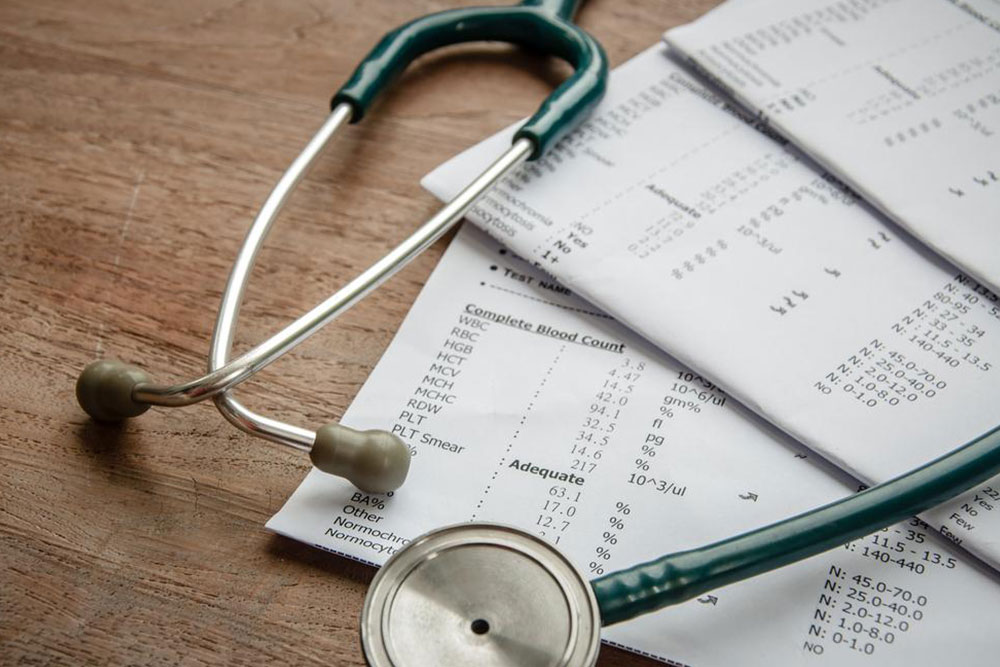Identifying Symptoms of Cushing's Disease
Cushing's disease results from excessive cortisol production, leading to symptoms like weight gain, hump formation, skin changes, and hormonal irregularities. Early diagnosis and consultation with healthcare providers are essential for managing the condition effectively.

Recognizing Signs of Cushing's Disease
Cushing's disease is an uncommon disorder resulting from prolonged exposure to elevated cortisol levels. Often called hypercortisolism, it occurs when the body produces excessive cortisol, a vital hormone generated by the adrenal glands. Cortisol influences how the body utilizes nutrients like proteins and fats, helping manage stress and illness. Excess cortisol can lead to complications such as high blood pressure, weakened bones, and sometimes type 2 diabetes.
The symptoms vary based on cortisol levels. Common signs include sudden weight gain predominantly in the upper body areas such as the arms, chest, and abdomen. A noticeable hump may develop between the shoulders, increasing over time. Skin changes, like purple stretch marks on the abdomen, thighs, breasts, and arms, are also typical. Additionally, individuals may experience delayed wound healing, menstrual irregularities in women, fatigue, muscle weakness, and emotional disturbances such as depression and anxiety. Since symptoms differ among individuals, consulting a healthcare professional promptly upon noticing these signs is crucial.
Elevated cortisol levels
Weight gain and body changes
Hormonal imbalance symptoms
Potential complications like hypertension and diabetes









